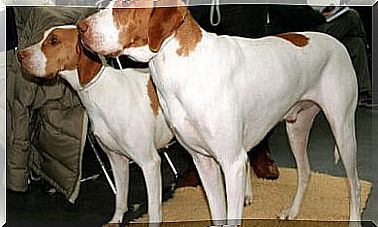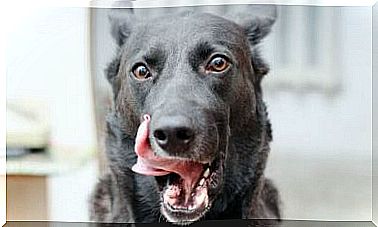All About The Guide Dog
It is true that any dog is capable of learning and giving love. But some go beyond sitting down and bringing the owner’s slippers. The guide dog is one of the cases that demonstrate advanced intelligence and professional training.
Human history shows how the relationship between dog and man developed and diversified. From hunting helper to pet. The merits earned by the ability to learn and to be faithful give dogs the title of best friend.
The evolution of training techniques has made a difference, and has allowed the heightened senses and loyalty of dogs to contribute to the quality of human life. This is what makes the guide dog’s existence and success possible.
What is the guide dog?
The guide dog is considered a service animal. It plays a social role to help a group of people who need help to integrate into society.
But it is also a vital support in each of these people’s lives. Among other things, because they facilitate some daily activities and improve their quality of life. Therefore, it also plays a particular and sentimental role for the visually impaired.
The origin
The guide dog idea arose to help World War I veterans during the 1920s and 1930s. In Great Britain, the first four trained dogs were delivered to ex-combatants who lost all or part of their eyesight during combat. The high costs were assumed by the state.
At that time, they were German Shepherds or Shepherds. Dogs were already used in military operations due to their great intelligence and physical strength. Preference was given to females, because they adapt more easily to sharing territory and because of their loyalty to their owner.
Currently, the preferred dog for this function is the Labrador Retriever. He is as intelligent and capable as the German Shepherd, but the serenity and tenderness of his temper count in his favor. Also, the size and appearance make most people feel less intimidated by the presence of a Labrador.
Even today, in many countries, the government and some NGOs assume the high costs of properly training a guide dog. This is considered an important social inclusion policy. In Spain, guide dogs are trained and certified by ONCE. In Brazil, the Helen Keller School is one of the institutions that train dogs to be guides for people with visual impairments.
How do you train a guide dog?
As is well known, the Labrador can be a chaotic dog if not properly instructed. Its brain vivacity combined with a large amount of energy make this a breed with enormous learning potential. Just channel all that energy into the desired activity.
Currently, Labradors are multitasking professionals. They work in the detection of bombs and drugs, in therapies for physical and psychological disorders, as a guide dog and also as the family pet.
Its physical and behavioral characteristics fit it perfectly as a guide dog: it is about 55 cm tall, has mental alertness and curiosity, physical resistance and a high degree of socialization.
Guide dogs are chosen from puppies to have their education dedicated to exercising this function. Most vocational training schools have their own breeding program.
The guide dog since puppy
At first, to tame the intense energy, it is recommended to neuter the Labrador when it is a puppy. In the case of females, after the first heat.
From four weeks onwards, the puppies are submitted to several tests to trace their behavior tendency. They are exposed to different stimuli, such as sounds, new environments and climate change. They already learn to walk with a leash, to sit and to look for different elements through certain commands.
From three months of age onwards, reactions to moving vehicles, moving houses, hanging obstacles, obstruction of the way and pedestrian traffic are observed. This is because the guide dog must be able to recognize changes in the path and deviate from the course when encountering architectural or organic obstacles.
in the hands of the trainer
At the age of one, the dog definitely enters the premises of the training school. Then begins his specialized training to become a guide dog.
The first stage lasts four months. The dog learns to obey and disobey commands intelligently, following predetermined instructions. First, a leather harness is used that has a metal strap, the ends of which are attached to rings that attach to the strap. This handle is the means of communication between the dog and the owner, since it is through the harness that the person feels the movements of the guide dog.
Adapted to the harness, the dog learns to stop at the corners of stairs or steep slopes. This is so that the owner does not have an accident when going up or down. Then he learns to turn left and right. The next step is to teach how to disobey intelligently, to avoid accidents and confusion for the blind. The dog also learns to dodge hanging objects, to observe traffic before descending the sidewalk, to cross and measure the distance of obstacles, climb the sidewalk and continue along the path.
Finally, the guide dog learns to hop on public transport, look for the most suitable place for its owner and remain quiet.
Main image source: smerikal









